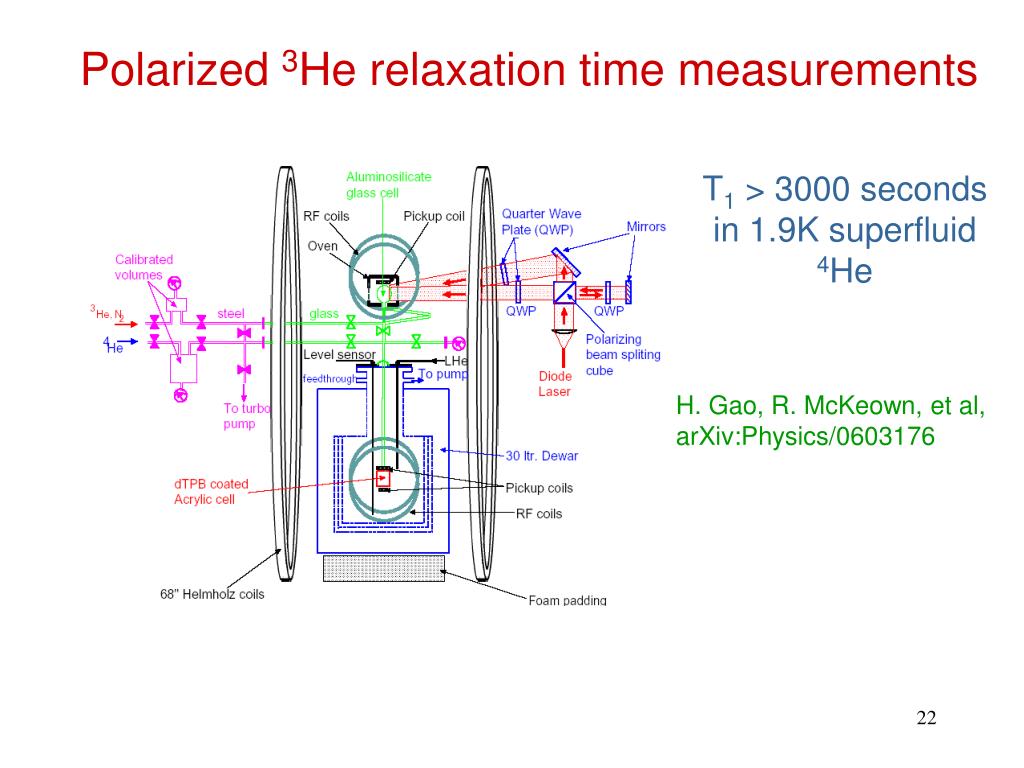

The potential physics reach of next-generation experiments also depends on the nature of the neutrino. Majorana and Dirac neutrinos are different for example, the upper bounds on the magnitudes of the elements of the dipole moment matrix are weaker for Dirac neutrinos, relative to Majorana neutrinos. ref.5, which are large enough to be observed through neutrino electromagnetic interactions. Some models predict for the neutrino magnetic moment values as large as 1010 µ B, see e.g.

has been set using constraints on the sum of the solar neutrino fluxes implied by the radiochemical gallium experiments. model, however predicts neutrino magnetic moments which are too small to give any observable eects discussed in the present paper. In particular, we fully explore constraints in the Dirac-neutrino parameter space. In this paper we provide an updated analysis of the neutrino magnetic moments (NMMs), discussing both the constraints on the magnitudes of the three transition moments Lambda(i) and the role of the CP violating phases present both in the mixing matrix and in the NMM matrix. No significant deviations from the expected shape of the electron recoil spectrum from solar neutrinos have been found, and a new upper limit on the effective neutrino magnetic moment of eff<2.8×1011 B at 90 C.L. We make no simplifying assumptions and compare the hypotheses that neutrinos are Majorana fermions or Dirac fermions. Here, we estimate the current upper bounds on all independent neutrino electromagnetic moments, concentrating on Earth-bound experiments and measurements with solar neutrinos, including the very recent results reported by XENONnT. Massive neutrinos are guaranteed to have nonzero electromagnetic moments and, since there are at least three neutrino species, these dipole moments define a matrix. Finally, DUNE may be able to test the SM prediction for the muon neutrino charge radius, by placing a constraint two times better than CHARM-II and CCFR experiments. Despite this strength, the millicharge bounds are not competitive with strong bounds from stellar cooling, beta-decay, and matter stability. For the muon neutrino millicharge DUNE can place the leading beam based bound, with two orders of magnitude improvement compared to the existing COHERENT constraint, suggesting that DUNE can be useful for light mediators more generally. We find that DUNE will be able to place the strongest beam based constraint on the muon-neutrino magnetic moment by improving on LSND’s bounds by roughly a factor of two, although Borexino’s constraint from solar neutrinos will be stronger. The DUNE PRISM capabilities play a crucial role in constraining the electron flavored couplings. We study future DUNE sensitivity to various electromagnetic couplings of neutrinos, including magnetic moments, milli-charges, and charge radii.


 0 kommentar(er)
0 kommentar(er)
